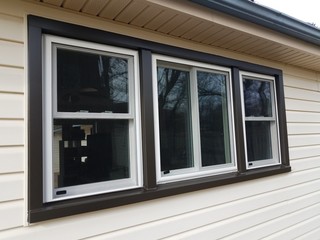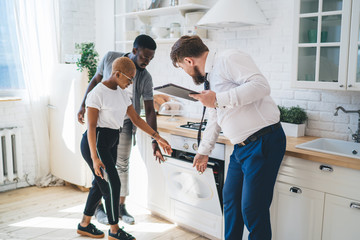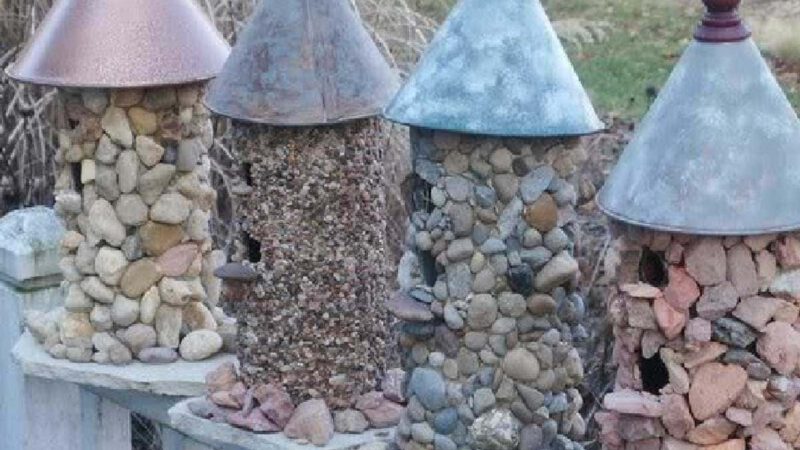The Pros and Cons of Vinyl Siding
Vinyl siding first came onto the market in the 1950s and was meant to replace the older aluminum varieties. The only problem was that the new material had an undesirable tendency to buckle, sag, and crack. It also lost its color quickly. Fortunately, there are many ways to get the exact same look without the high price tag. This article will discuss the pros and cons of vinyl siding and provide some tips for choosing the right style for your home.

When it comes to maintenance, vinyl siding is not a low-maintenance material. Unlike fiber cement or aluminum, it does not fade in the sun, and the colors can actually become more attractive with time. Although the cost of vinyl siding is higher than those of other materials, it is worth the price. The advantages of vinyl over its alternatives are numerous. These include durability and reduced maintenance. However, there are some drawbacks as well.
The biggest disadvantage of vinyl siding is its tendency to lose its color. However, improvements in production and finish options have solved that problem. For instance, adding acrylic or acrylate styrene-acrylonitrile to PVC mixture can improve the color and increase its lifespan. Despite this disadvantage, it is worth mentioning that vinyl siding is a great choice for a home that has a limited budget. It’s a great option for homeowners who don’t want to spend too much money on siding.
Another downside of vinyl siding is the high cost of installation. Despite its low cost, this material is a great choice if you’re on a budget. It can last a long time and is incredibly easy to maintain. Even if you don’t want to paint your home, you can simply spray it with a garden hose to keep it looking its best. Aside from being easy to install, it’s also affordable, and can be used on all types of buildings.
Another disadvantage of vinyl siding is that it’s made of an unnatural material that emits greenhouse gases. These gases cause smog and air pollution and contribute to climate change. Furthermore, they can cause a variety of respiratory illnesses. Moreover, carcinogens are chemicals that alter cell metabolism and increase the risk of cancer. In addition to this, vinyl siding is not completely indestructible. In fact, it’s so resilient that it has a relatively low maintenance cost.
In addition to its lower cost, vinyl siding is also more durable than other types of home siding. Its durability is not compromised by the material itself, but by the added colorants and UV-protectants, it can last for decades. If you choose to install it on a building, vinyl siding can last for decades. You’ll have to ensure that you do your research. It’s not a bad idea to get a quote from a friend if you’re looking for a new roof.
A few disadvantages of vinyl siding are its price and the fact that it can fade easily. It’s not possible to buy siding without a professional’s help. A professional can install it for you. You can find different types of materials that are suitable for your home. You can choose the type of material that suits your needs and preferences. You’ll never regret your choice of vinyl siding. Aside from being affordable, vinyl siding also has a number of benefits. For instance, it is low-maintenance and doesn’t need to be painted.
One disadvantage of vinyl siding is its tendency to fade after a while. Because vinyl siding is durable, it can be used to cover your home. The exterior of your house can be made of different kinds of material. The type of wood and stone cladding will depend on your needs, but the materials should be resistant to damage from heat and cold. In addition, you should choose a material that matches your needs and your budget. Whether you need a roof or siding for your home, it will last for years.
Apart from its aesthetic appeal, vinyl siding is also weatherproof. It has UV protection and can imitate other types of siding materials, such as wood. Moreover, it doesn’t require painting or caulking, which means that it is environmentally friendly. It can also reduce your energy bills. In addition, it is easy to clean and requires minimal maintenance. This is a big benefit for those who are worried about the cost of home improvement.



